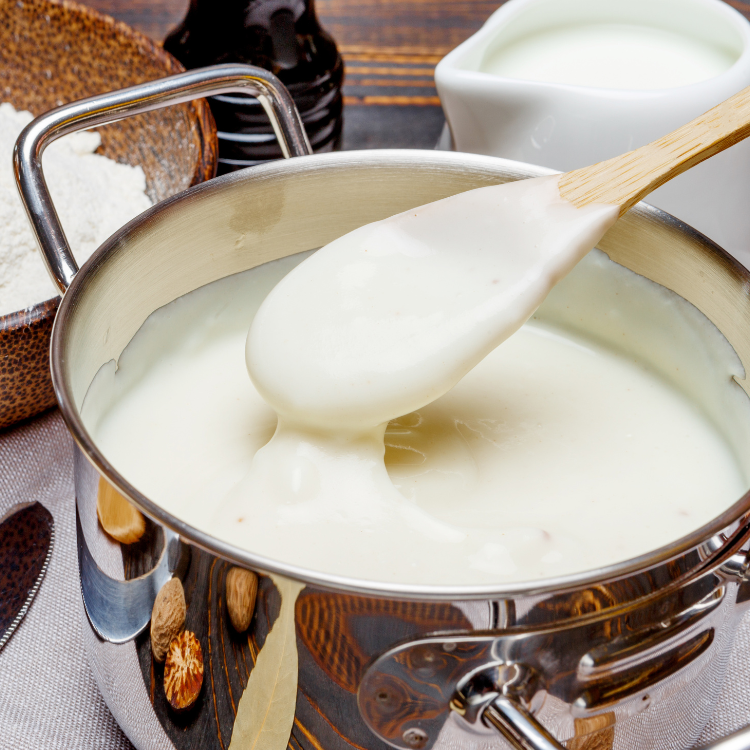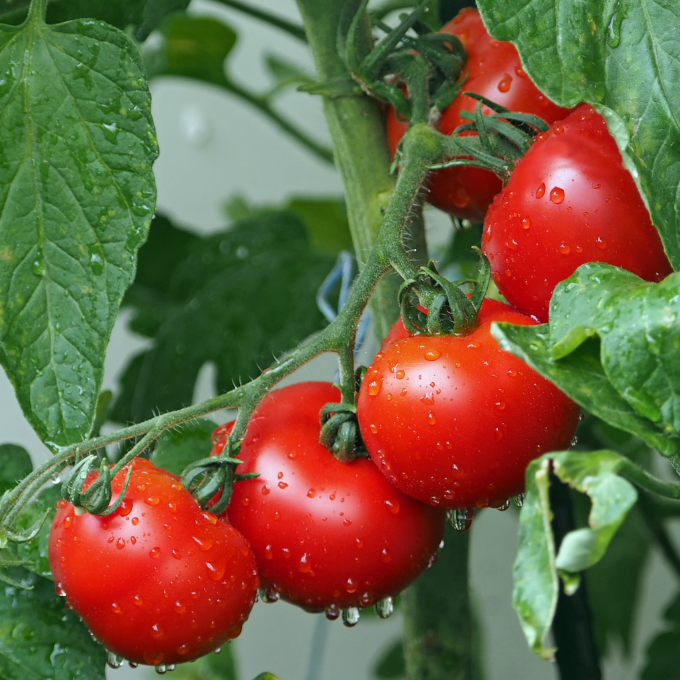A Journey Through Time: The Origins of Moussaka
Moussaka’s history is as layered as the dish itself. Its origins can be traced back to the Arab world, where the word “moussaka” is derived from the Arabic “musaqqa‘a,” meaning “chilled.” Early versions of moussaka were indeed served cold, a far cry from the warm, comforting casserole we know today.
The dish’s journey from the Middle East to Greece brought about significant changes. In the Arab world, moussaka-like dishes commonly featured eggplant and lamb, but without the béchamel sauce that defines the modern Greek version. As it made its way across borders, moussaka absorbed different culinary traditions, eventually arriving in Greece, where it was transformed into a dish that would become a national favorite.
Learn from a Michelin Chef the Art of Béchamel
Béchamel
The modern version of Greek moussaka owes much to the innovative Greek chef Nikólaos Tselementés. In the 1920s, Tselementes introduced a touch of French cuisine to the dish by adding béchamel sauce, a creamy white sauce made from butter, flour, and milk, to the top layer, giving moussaka its characteristic richness and smooth texture. This fusion of French and Middle Eastern influences marked a significant evolution in the dish’s history and helped cement its place in Greek culinary tradition.
But Tselementes’ impact on Greek cuisine extends far beyond moussaka. In 1910, he launched a cooking magazine that offered practical tips and introduced Greek households to international cuisines, forever changing the culinary landscape. His influence was so profound that “Tselementes” became synonymous with the word “cookbook” and is still used today as a playful compliment for anyone who excels in the kitchen. This enduring bit of culinary humor underscores the lasting legacy of a chef whose innovations have shaped Greek cooking for nearly a century.
What Makes Moussaka So Special?
Moussaka is a dish that stands out not only for its historical significance but also for its unique structure and flavor profile. It’s often compared to lasagna due to its layered composition, but moussaka has its own distinct character that sets it apart.
Layers of Flavor
At its core, moussaka is all about layers. The dish typically features sautéed eggplant as the base, followed by a savory mixture of ground meat—usually lamb or beef. Some versions also include other vegetables like potatoes or zucchini, adding even more depth to the dish.
The crowning glory is the béchamel sauce, which bakes into a golden, creamy topping that contrasts beautifully with the savory layers beneath.
A Fusion of Cultures
Moussaka is a culinary reflection of Greece’s rich history as a crossroads between East and West. The addition of béchamel sauce, a French creation, to a dish with Middle Eastern roots highlights this blend of cultural influences. It’s a dish that tells the story of Greece’s ability to adapt and incorporate different culinary traditions while creating something uniquely its own.
Regional Variations
Moussaka’s versatility is another aspect of its appeal. While the Greek version is perhaps the most well-known, variations of moussaka can be found throughout the Balkans and the Middle East. In Turkey, for instance, moussaka is often prepared without béchamel and served as a stew rather than a layered casserole. In the Balkans, potatoes might replace eggplant as the primary ingredient, demonstrating the dish’s adaptability to local tastes and ingredients. Additionally, some versions, particularly in the Middle East, incorporate tomato sauce into the layers, adding a tangy richness that complements the savory meat and vegetables.
Global Variations from our Blog
A Timeless Classic
Moussaka is more than just a dish; it’s a culinary tradition that has stood the test of time. Its rich layers and bold flavors have made it a beloved comfort food in Greece and beyond. Whether you’re enjoying it in a traditional Greek taverna or making it at home, moussaka offers a taste of history and a reminder of the ways in which food can bring together different cultures and flavors into a single, delicious experience.
So the next time you savor a bite of moussaka, take a moment to appreciate the rich tapestry of history and tradition that makes this dish truly special. It’s a culinary journey worth taking, one flavorful layer at a time.







